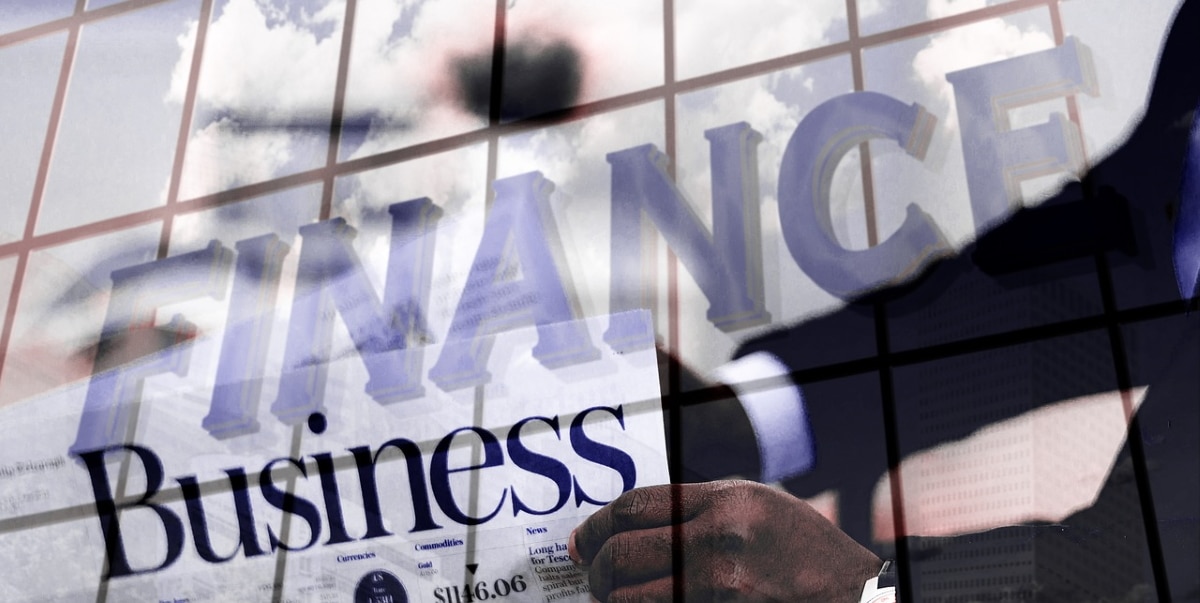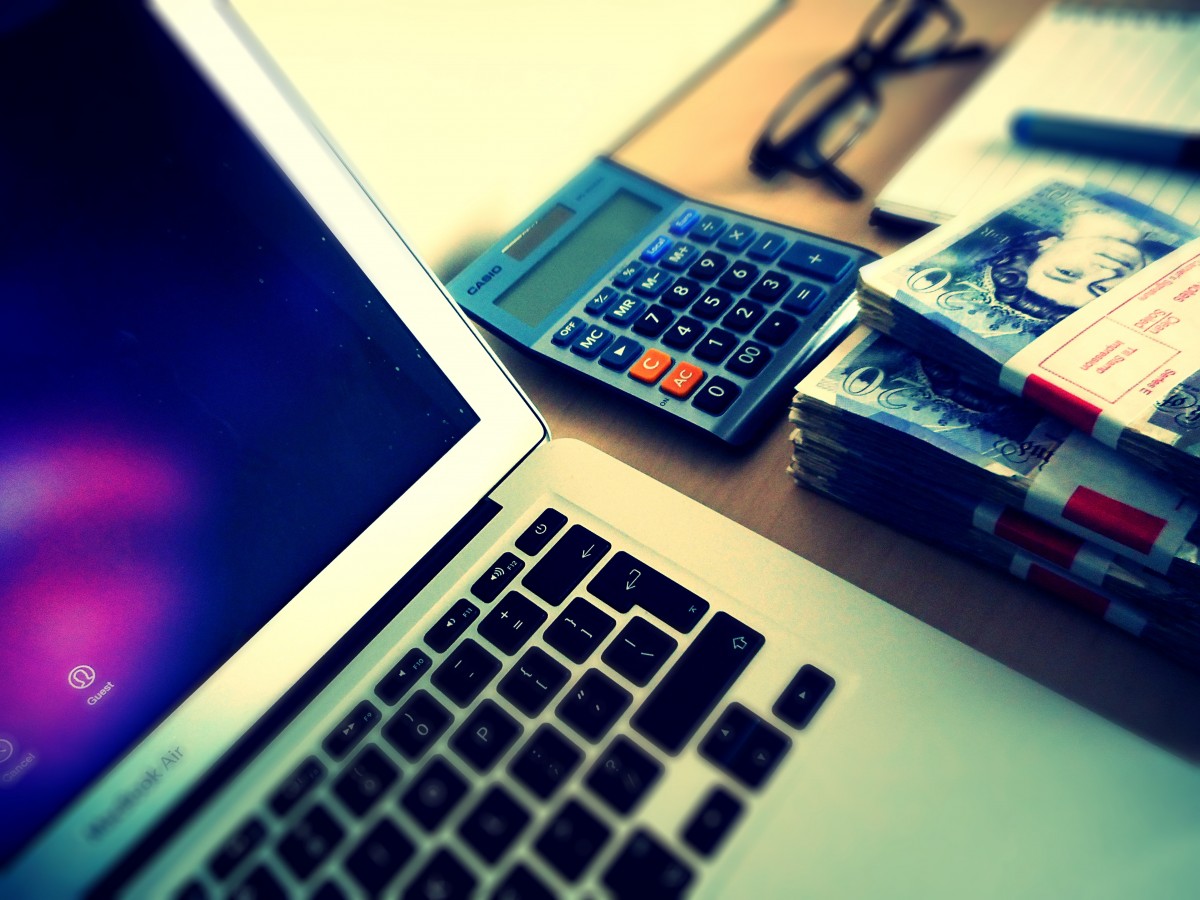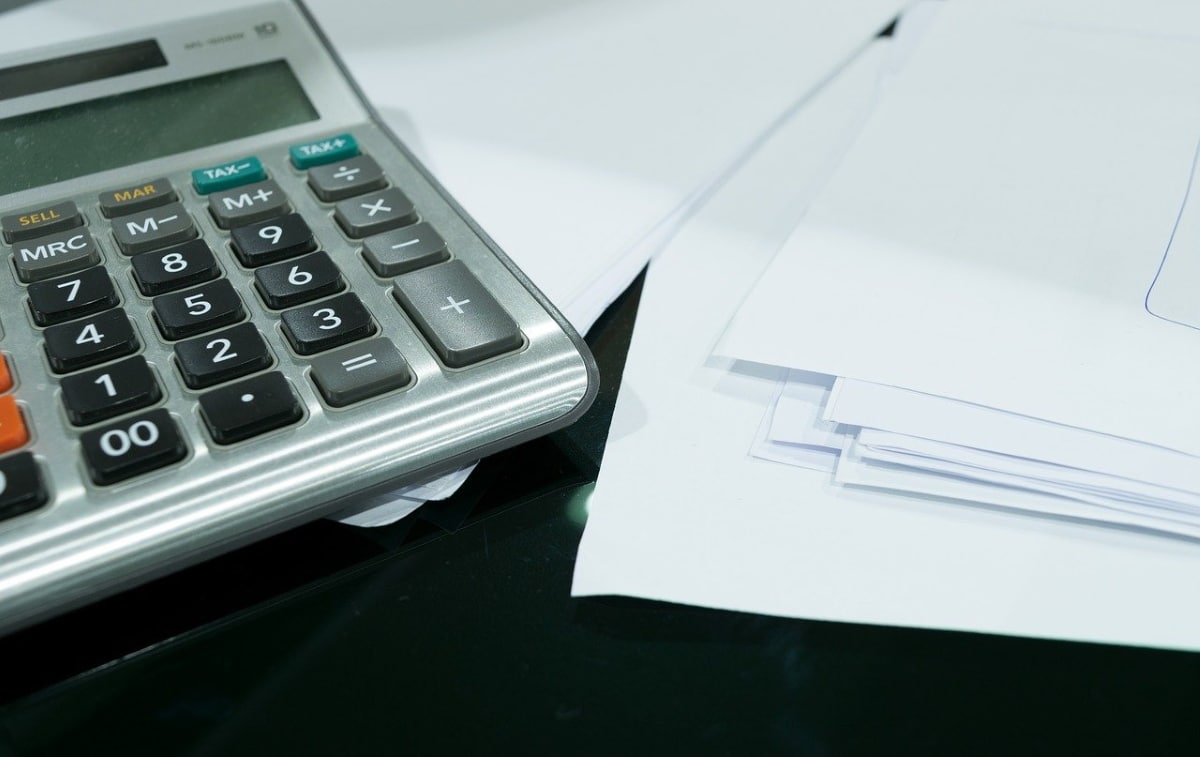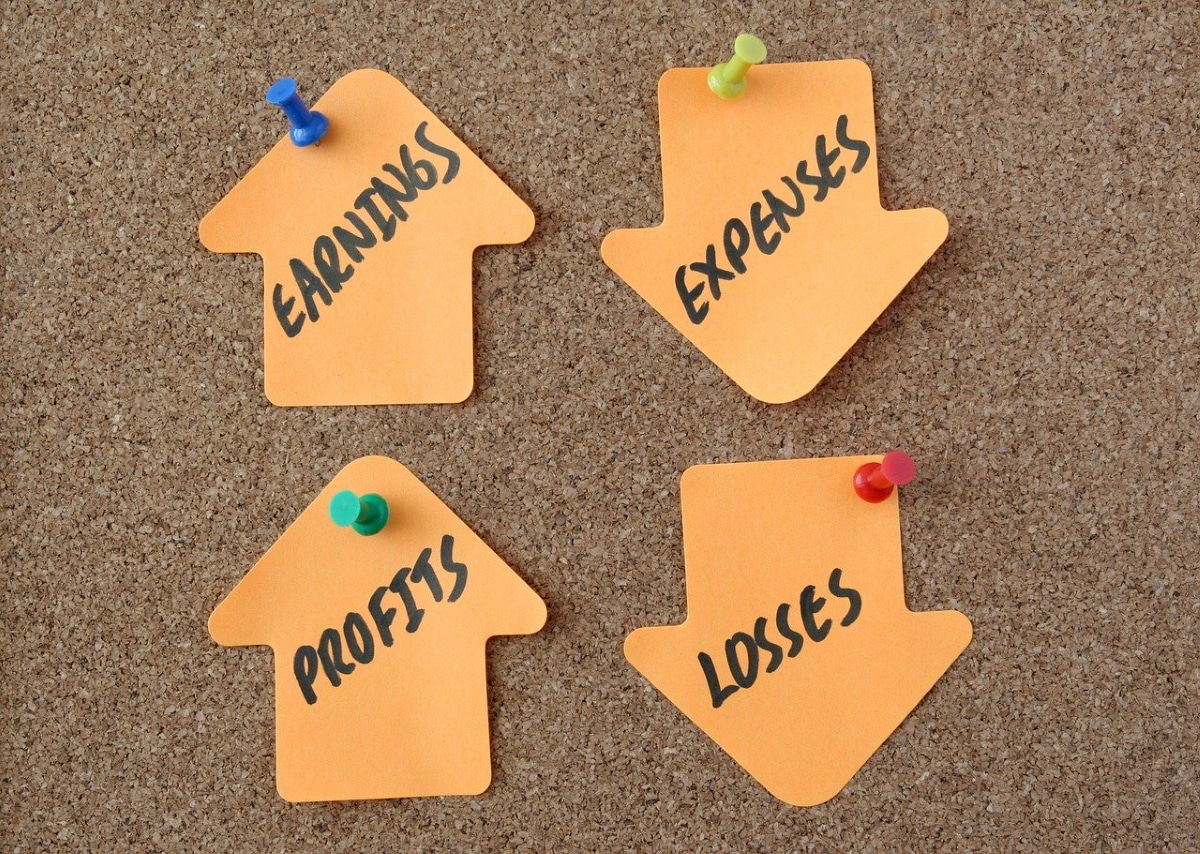
All the assets of a company can be grouped in masses, in segments according to the financial nature they occupy. Each of these parts that share characteristics in common they can be grouped into larger patrimonial masses, of which there are mainly three major masses. These main three capital masses that exist are that of assets, that of liabilities, and that of the net worth.
In this article we are going to see how each of these parts are divided. So having each asset mass grouped together, will lead us to have greater control in knowing what the funds have been used for, what benefits are obtained, or the pending payments.
Assets and their Assets

The asset represents all the assets and rights that the company owns, everything that it owns. It ranges from office furniture, to land, cash or money in the bank, operating licenses, patents or computer equipment. The list is long, and within the great wealth of assets it is divided into two parts, current and non-current assets.
- Current active: Also called current assets, current assets are one of the two assets within the assets that contains the elements that ensure the operation of the company on a day-to-day basis. They are short term, and its possession is less than a year. These resources are either to be consumed, as raw materials, or to be sold, as the final product. These investments are operational, and current assets can be classified into 3 types. Stocks, realizable and available.
- Non-Current Assets: Also called fixed assets, non-current assets are within the assets' assets the one that contains the elements that are kept in the company for a period of more than one year. In them we can find all the assets that allow the company to maintain its productive capacity. No investments intended to be permanent, and the sale of these elements is not contemplated. Non-current assets are grouped into 3 blocks. Intangible assets, property, plant and equipment and long-term financial investments.
Liabilities and their Assets
Liabilities are one of the 3 main large assets in which all expenses and debts are included. That is, if the asset ends up reporting all the profits to the company, the liability is its antithesis. Normally these liabilities have the character of current and future payment obligations as a result of past financial operations. Depending on the nature of the asset, it can be grouped into two other assets, that of current and non-current liabilities.

- Current Liabilities: It includes all those debts or payments that the company must face in a period less than one year. They are also accounted for in payments to suppliers, creditors, taxes derived from the activity.
- Non-current liabilities: All those debts or credits and other obligations with maturities greater than one year. Usually the result of investment and expansion operations or the start of the business. Payments to suppliers that have long-term maturities of more than one year can also enter this capital mass.
The Net Equity
As well called own funds, is made up of the capital contributed by the partners and the reserves that the company has been able to accumulate over the years. It is an item on the balance sheet that represents all the resources that the company has. To be able to calculate it, it is enough with subtract all the liabilities from the assets of a company. After obtaining the difference, the last of the 3 large assets that a company can house, that of net worth, is obtained.
If you want to delve more about what net worth is, there is a link where we recently talked at length and length. In this article you can find more detail on how assets and liabilities allow you to determine the financial health of a company.

The Balance Sheet thanks to the Assets
The balance sheet is the sample of the economic and financial accounting status of a given company at a given time. Given that the assets and the value will fluctuate over time (and more in the longer term), the balance sheet tries to express the total value of the company on a given date.

Its purpose is to organize the value of heritage by differentiating the different Patrimonial Masses. It is configured from an aggregation of the accounting information of an economic period. This information appears on the rolling posting documents, which are the journal and general ledger.
The objective pursued by the balance sheet is to synthesize all these assets.. It consists of two parts, that of investments or assets, and finally that of the most passive net worth. However, they are grouped into the 3 major assets explained above, that of assets, liabilities and net worth.